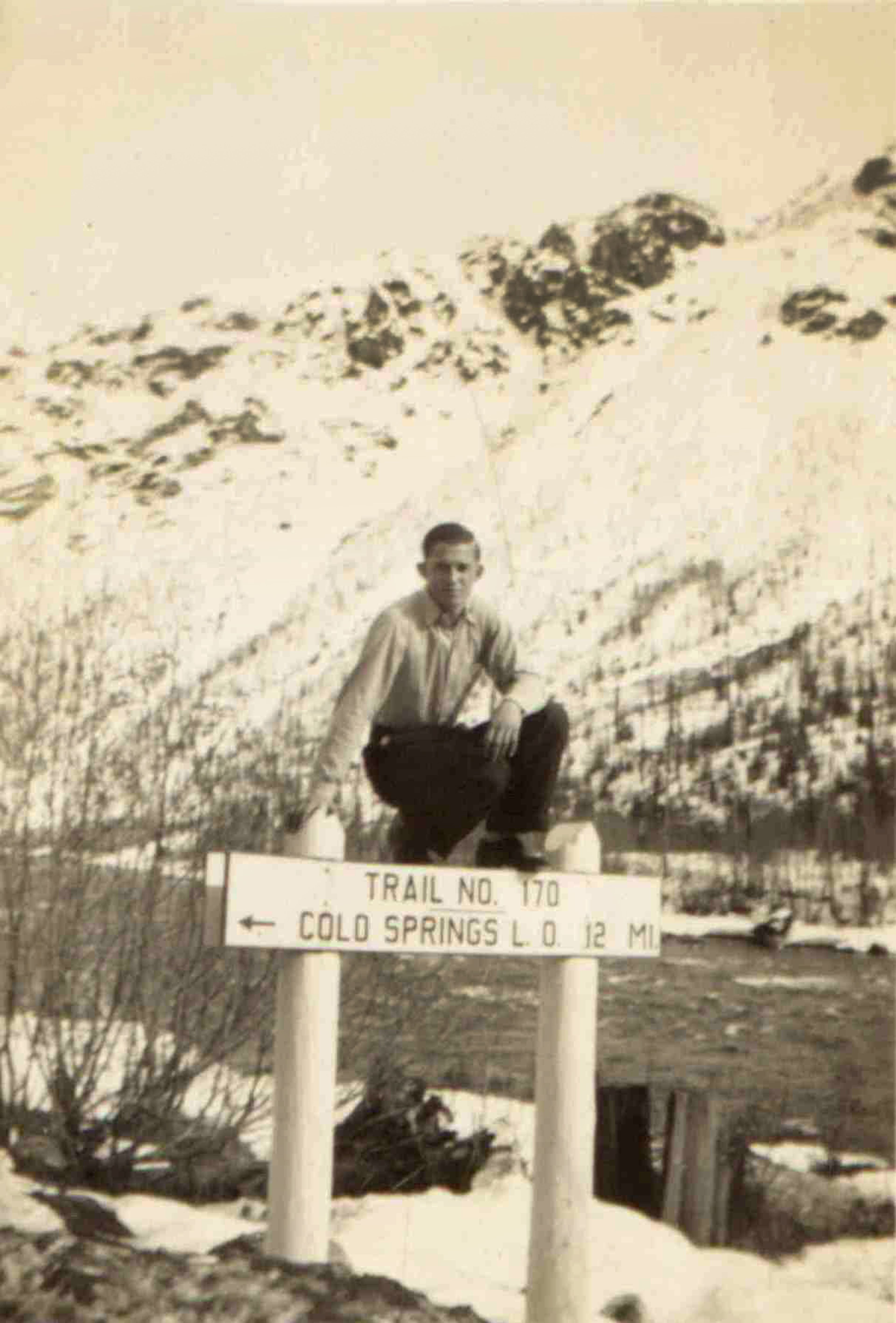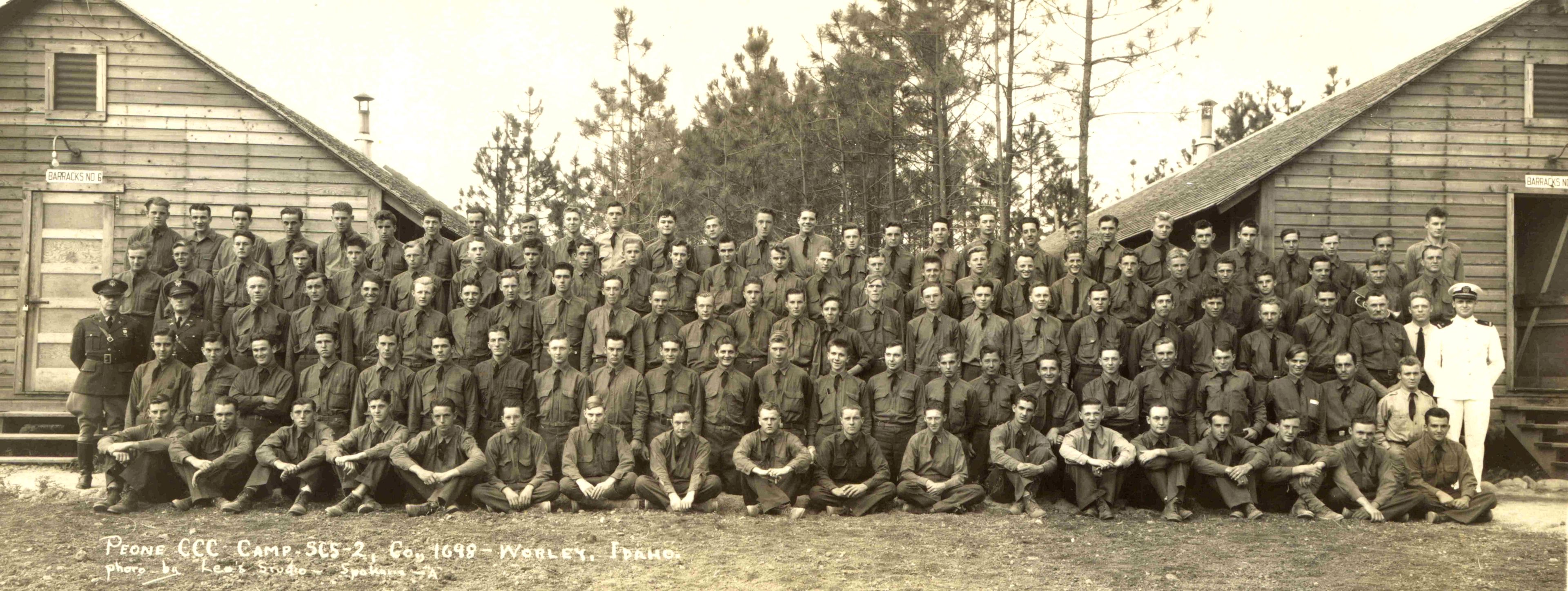Leaving conservation to the public with the CCC
June is National Great Outdoors Month, which seems like a celebration tailor-made for North Idaho.
Our region is home to so many iconic symbols synonymous with natural spaces, like towering pine trees, free-flowing trout streams and lush prairie grass waving in the wind. Another group of features that populate our outdoor landscapes — though perhaps they escape the notice of many folks today — are the enduring works of the Civilian Conservation Corps.
Ninety years ago this spring, President Franklin D. Roosevelt created the CCC to address two immense problems facing the American people who had just elected him. The first was an economic catastrophe so severe that we now call it the Great Depression. Simultaneously, decades of harsh industrial and agricultural practices left large swaths of forest and farmland in ruins. Millions of men were left without work, and families struggled to feed or shelter their children. The CCC provided unemployed and unmarried men with government-funded work on public lands, along with housing, meals and health care.
Beyond immediate relief, Roosevelt also envisioned the CCC as leaving a legacy. “This type of work is of definite, practical value,” he told Congress in March 1933, “not only through the prevention of great present financial loss, but also as a means of creating future national wealth.”
Idaho was not immune to the ravages of the Great Depression. The state depended upon the sale of commodities like timber to drive its economy, but demand had cratered for building supplies. Per capita income for Idahoans dropped by 50%. When the president announced this newly created relief program, Idaho Gov. C. Ben Ross recognized the potential lifeline it offered. Through his dedicated efforts, the state was awarded most camps per residents and was second only to California for total number of CCC sites. Some 87,000 men worked in Idaho’s CCC camps between 1933 and 1942, reaching every corner of the state.
CCC crews were part public servants and part soldiers, under the direction of both government agency supervisors and military officers. Their work was varied and included things like improving trails, building fire lookouts, fighting white pine blister rust and mitigating soil erosion. Arguably the most enduring work of the CCC was focused in public parks. Hundreds of municipal, state and national parks were developed through the efforts of these young men.
Idaho’s first state park, Heyburn on the edge of Lake Chatcolet, was a project of the CCC. The vast majority of enrollees lacked basic construction experience when they began their service, and yet the stone picnic pavilions and chalet-style lodge were built with such integrity that they continue to serve happy park visitors nearly a century later. Another amenity that is located here in Latah County, Robinson Park, was shaped by the hands of CCC men. The most prominent feature of their efforts, a sizable lake created by damming the South Fork of the Palouse River, has been lost to time, but it still remains a favorite spot for day trips.
The Civilian Conservation Corp was disbanded in 1942 because young men were called upon to serve in a new and urgent way as soldiers in World War II. Despite existing for less than a decade, the program lifted hundreds of thousands of families out of poverty through the wages sent home by enrollees. It also bolstered countless small towns located near CCC camps, where young men could buy goods or services from local retailers on their days off. Finally, it contributed positively to the health and accessibility of millions of acres of public land.
This is all to say, get out there and enjoy the beauty of North Idaho this Great Outdoors Month — it isn’t hard!
To learn more about the CCC in Idaho, explore the University of Idaho Library’s digital collection at lib.uidaho.edu/digital/cccidaho.
Dulce Kersting-Lark is the head of special collections and archives at the University of Idaho Library.












